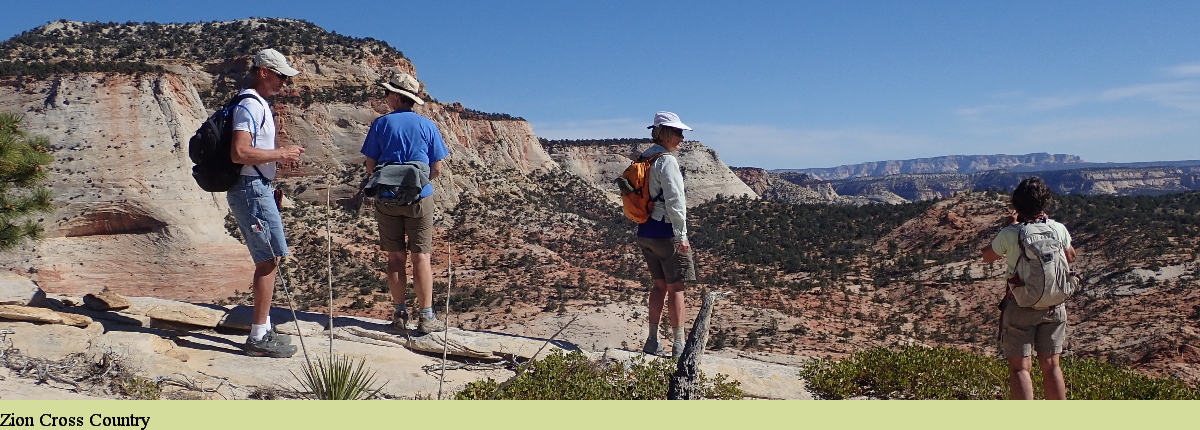It all started 9 months ago when the Oregon state parks opened their reservations for eclipse day, August 21, 2017. I was online at midnight and able, by the luck of the devil, to get a campsite reservation at Cove Palisades State Park. After that the summer Oregon trip was born and even with the unexpected recent events we found ourselves at Cove Palisades for the big event.
Our campsite was #C33 amongst a mishmash of campers and surprisingly quiet given the nature of the gathering. We moved the table into position making sure we had a clear view of the suns path from 9 am to 11’ish. I had our $2 eclipse glasses, our binoculars with its own eclipse shades on it, my trusty Canon camera with the same 300mm lens I used in South Africa to photograph elephants, my iPhone and we were set to go.
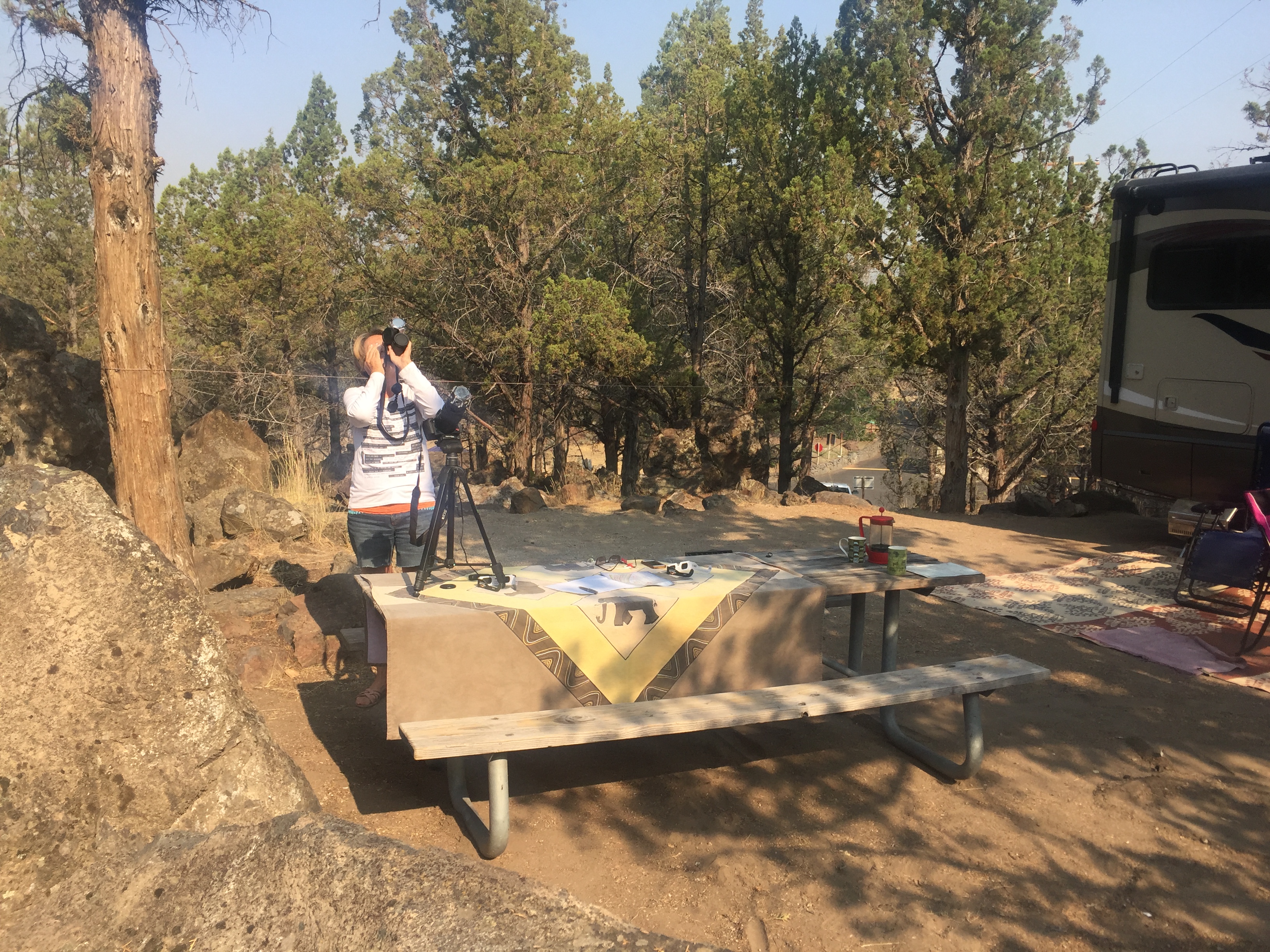
On reading up on photographing eclipses a common theme to novices is, don’t do it. Just enjoy the show nature has laid on. Nah, I was not going to chicken out that easily and my partner in crime, George, helped procure some solar filters for the camera and we both took test shots of the sun. Something came out so I proceeded to come up with a plan.
I used ISO 400, F8 and ranged my shutter speed from 1/500 to 1/30 depending on the shot. I would have to reposition the camera each time and try to get the sun in the center of the frame and then take 4 or 5 bracketed shots, meaning I would shoot 1/500, 1/250. 1/125 & 1/60 eyeballing the result each time. If things screwed up I would not worry but I think I had my range of choices drilled into my head.
What you see below is a sampling of what came out. I now think of my artist neighbor David in that there is no right or wrong simply an image to wonder at. In retrospect I really had fun and am glad I have this sampling to share with you.
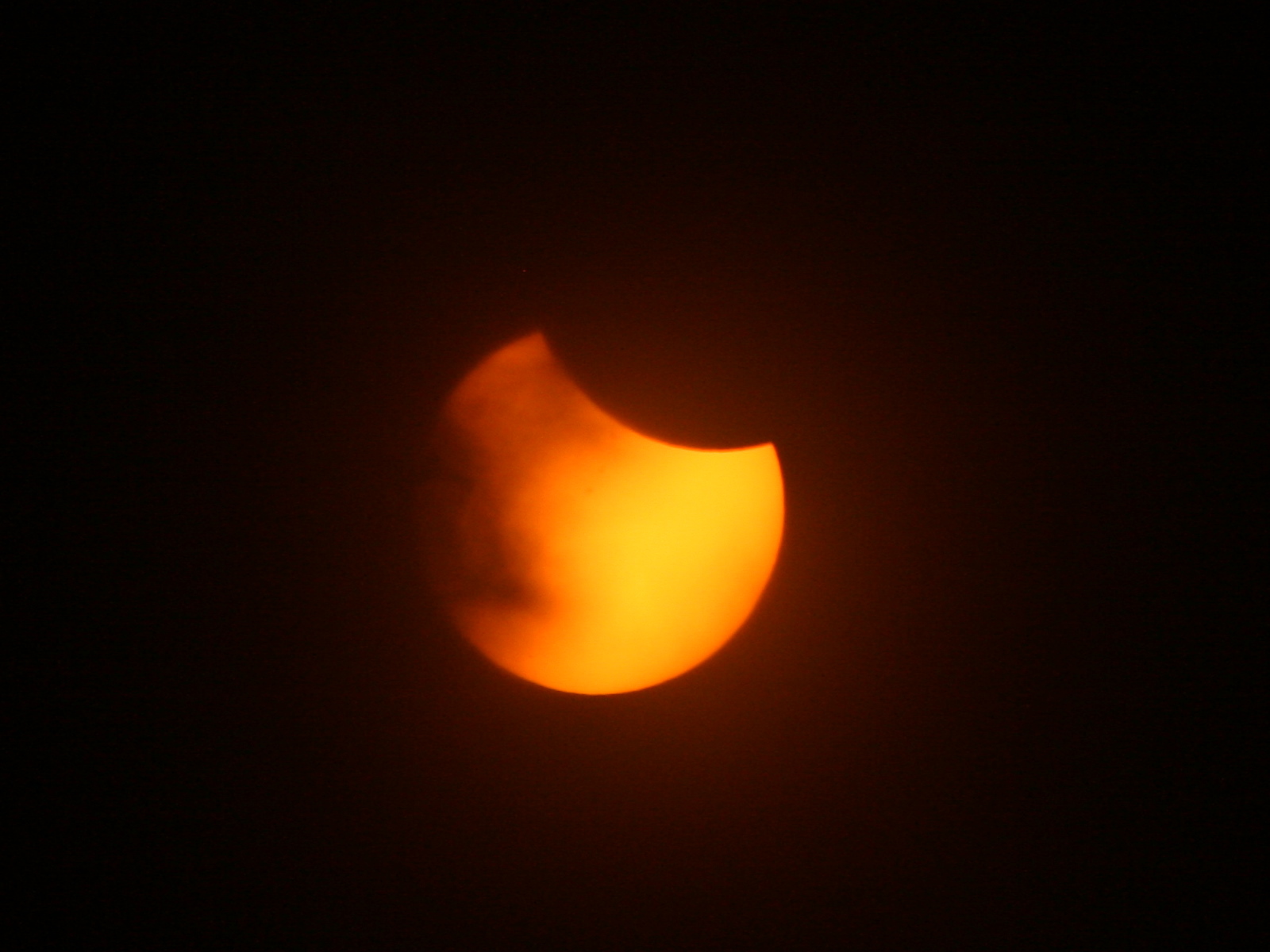
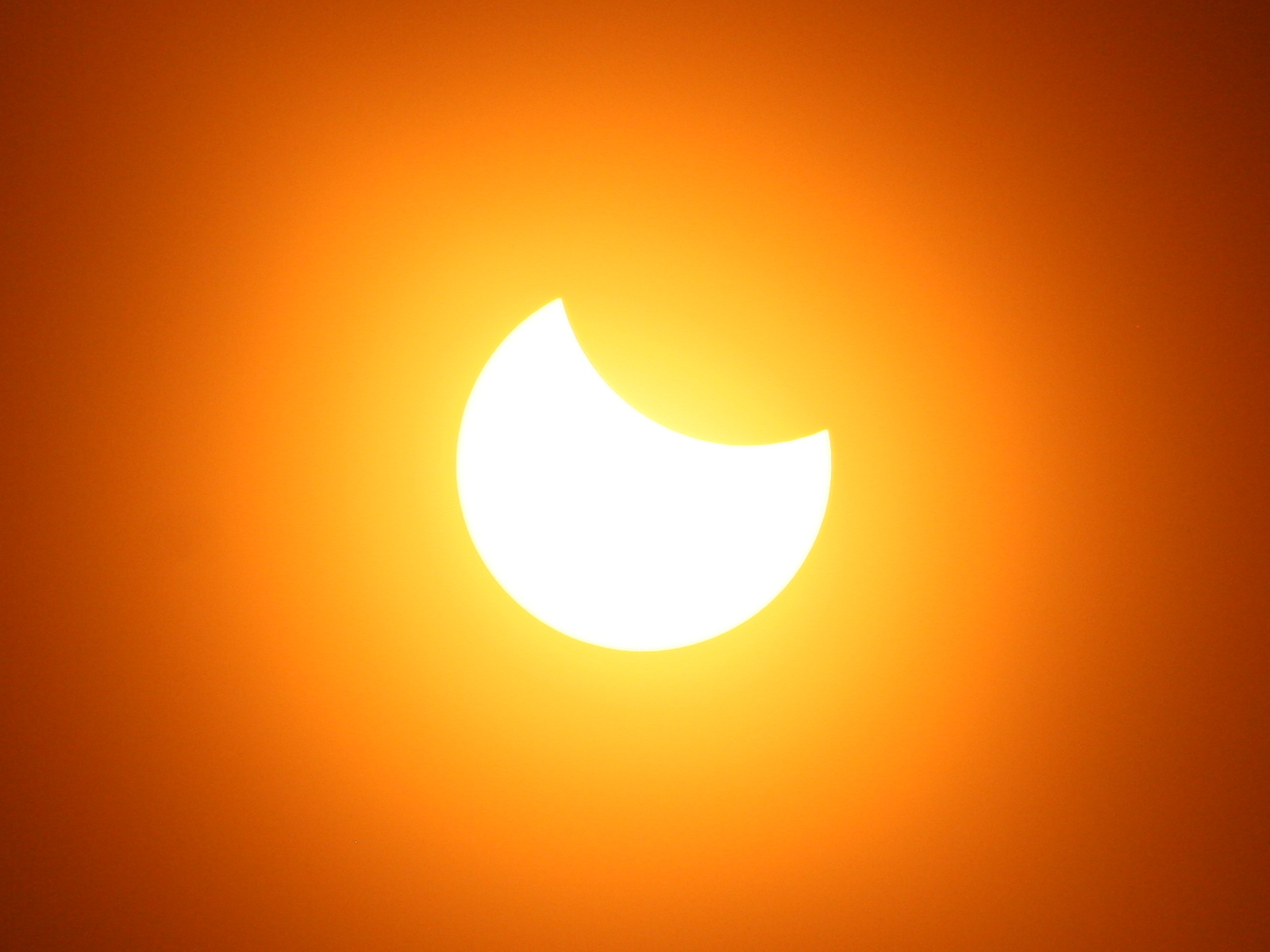

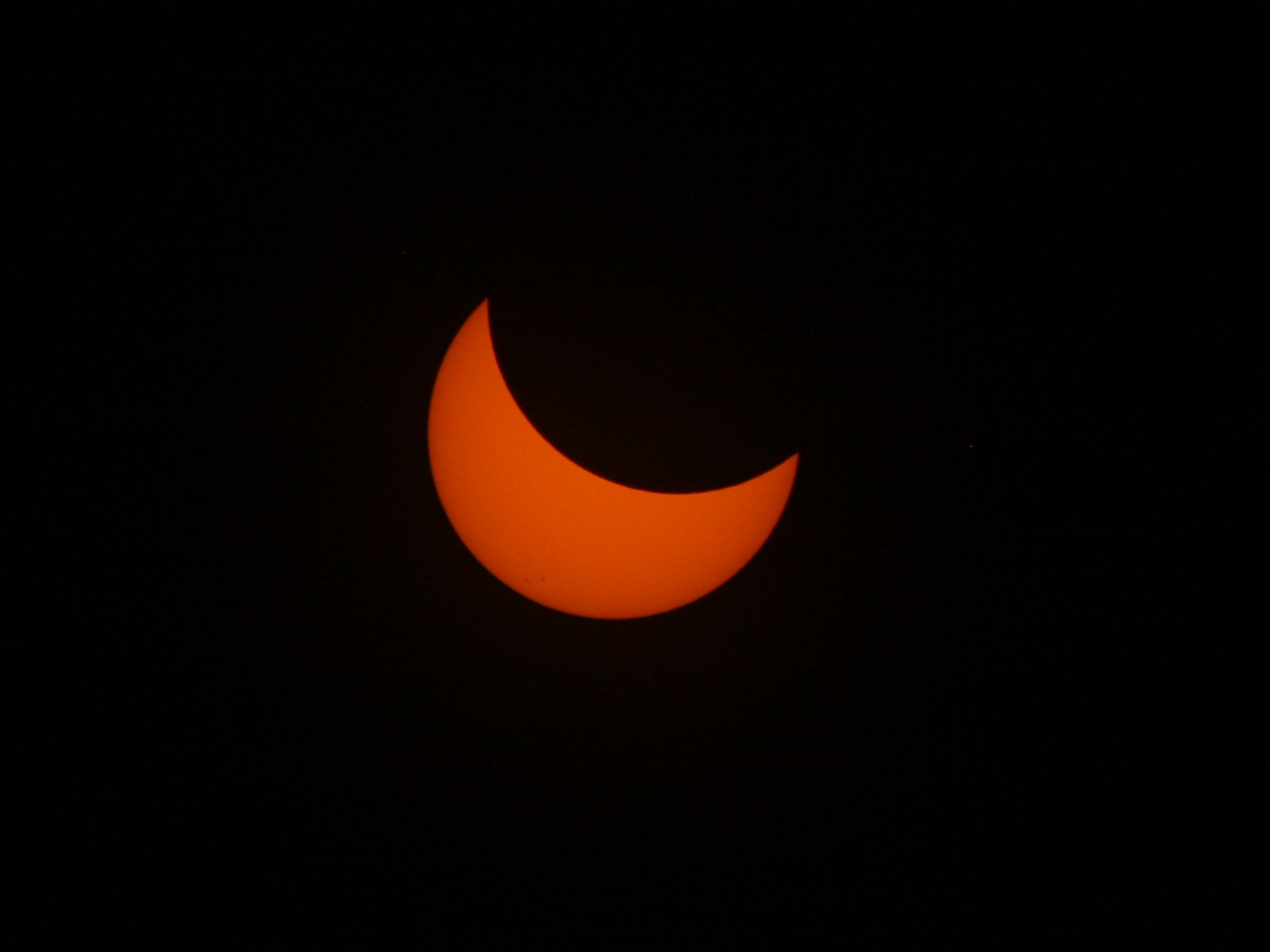
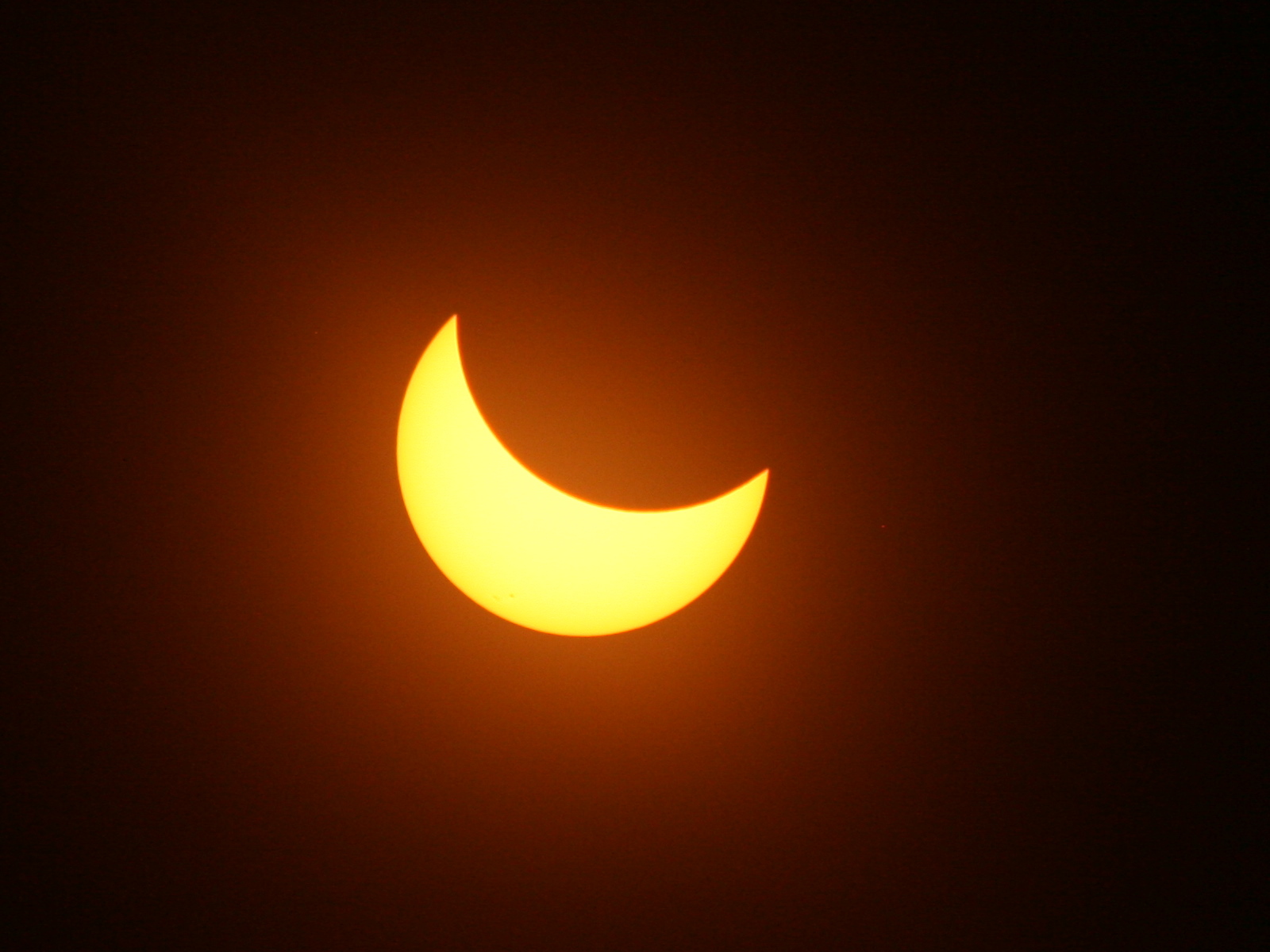

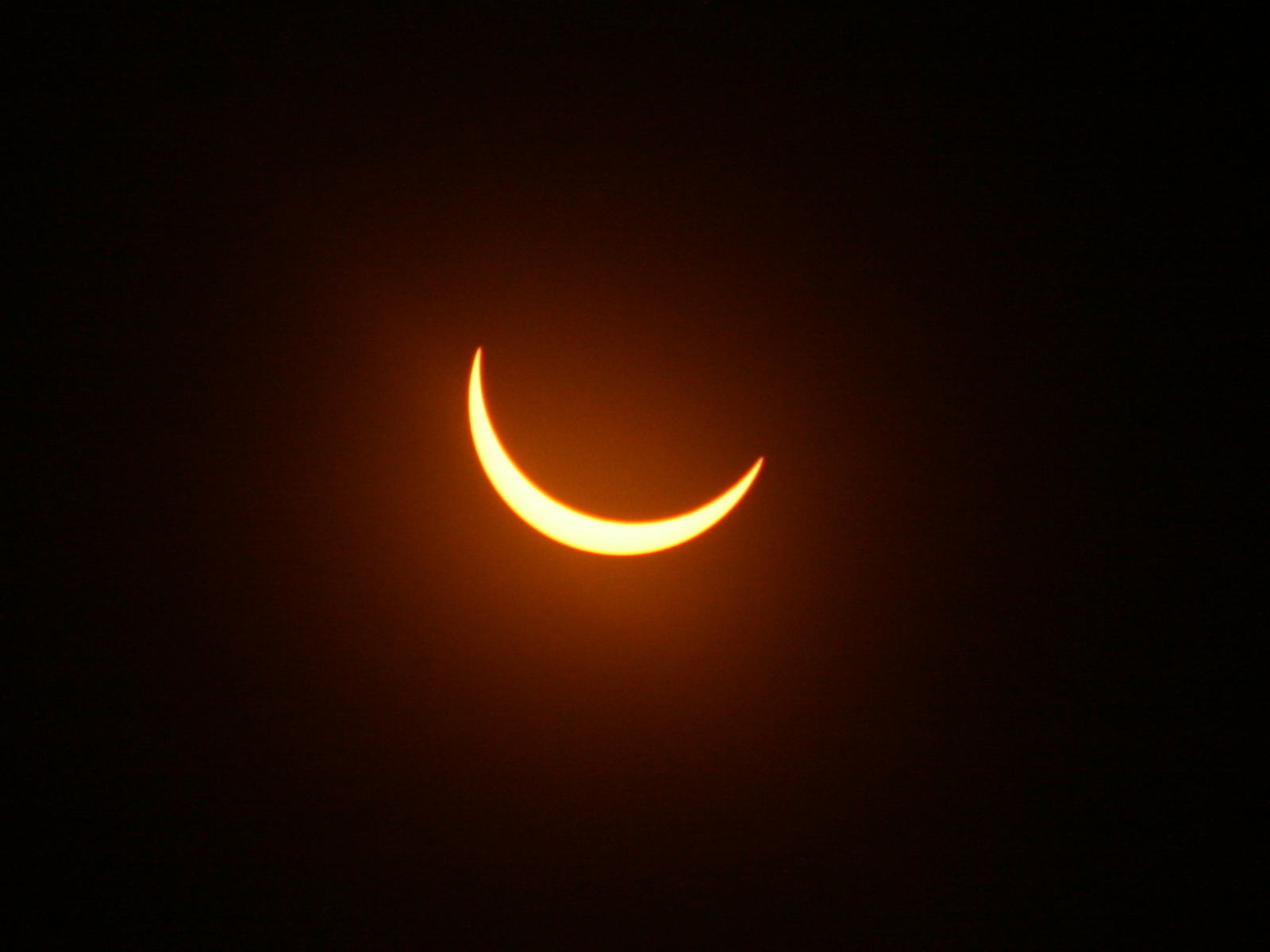

So the partials started at about 9:06 and went to 10:19. At about 10:10 our surrounding started to get eerie. Besides the view we were looking at, it now started to resemble dusk. You could almost look at the sun, or whats left of it, with the naked eye. Around us it simply started to get dark. Just before totality I removed the solar filter from the camera and started bracketing up and down the scale, eyeballing the results but not calculating anything. One eye on the camera and one on the two minute marvel in the sky.


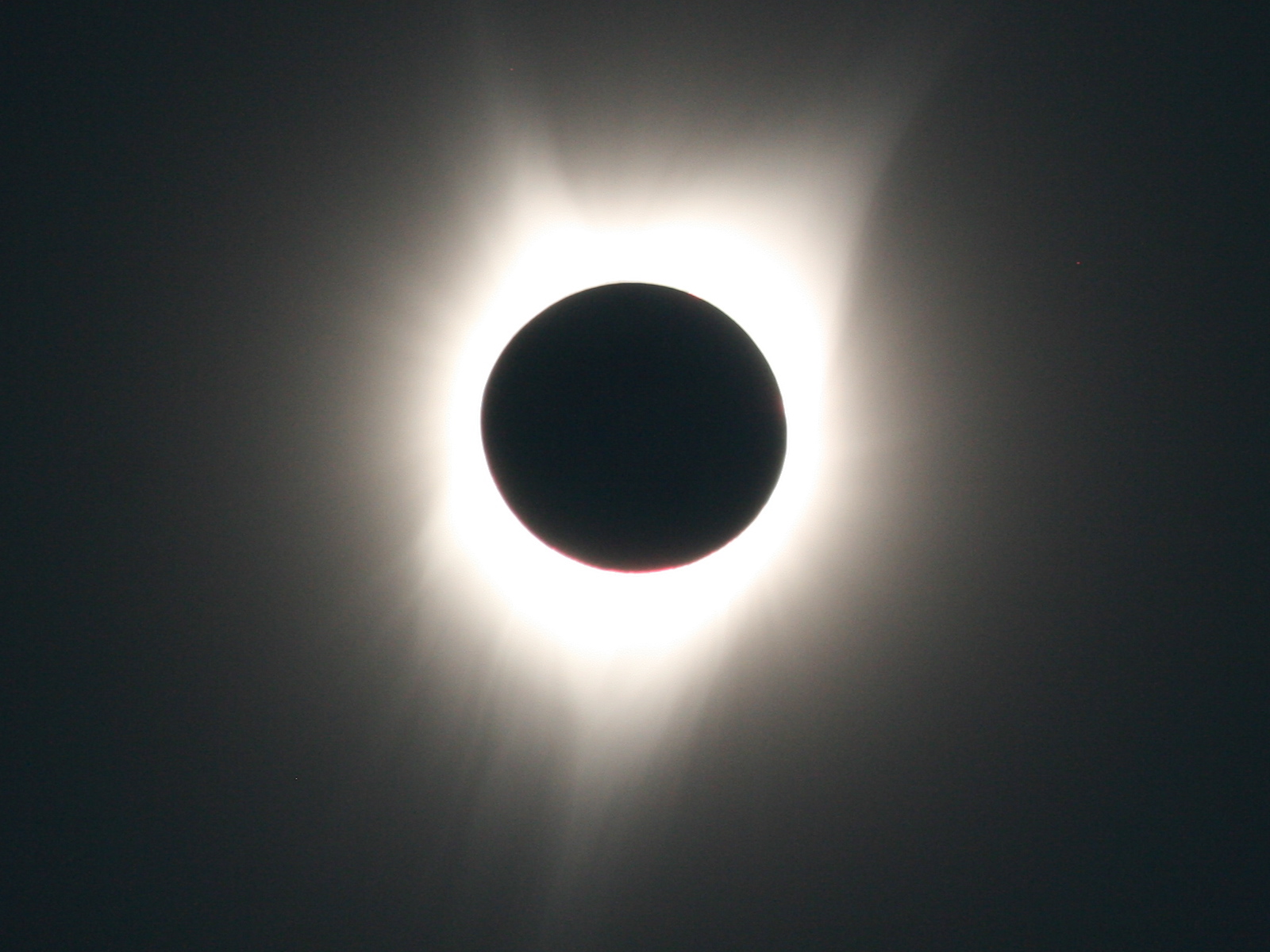

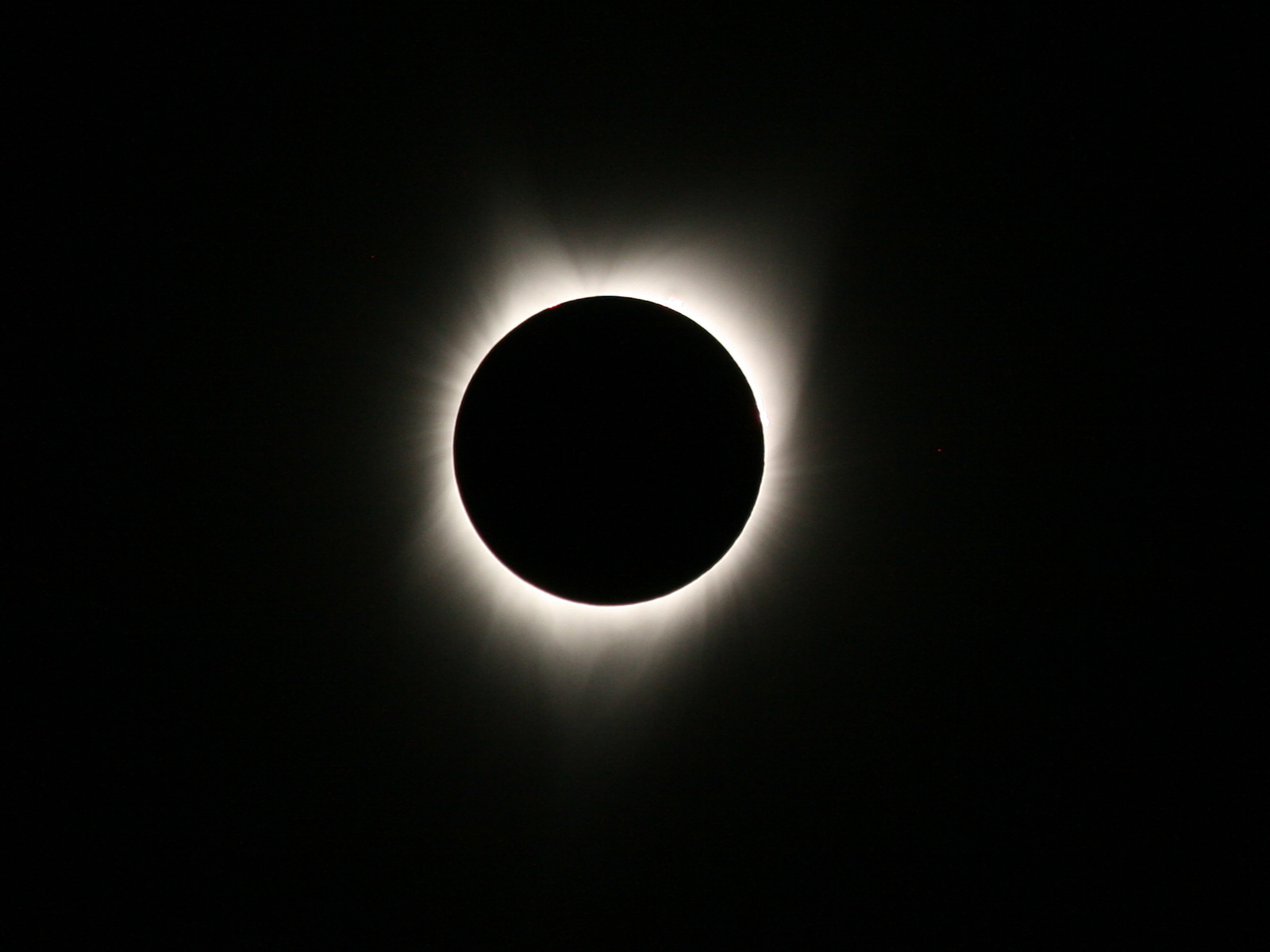
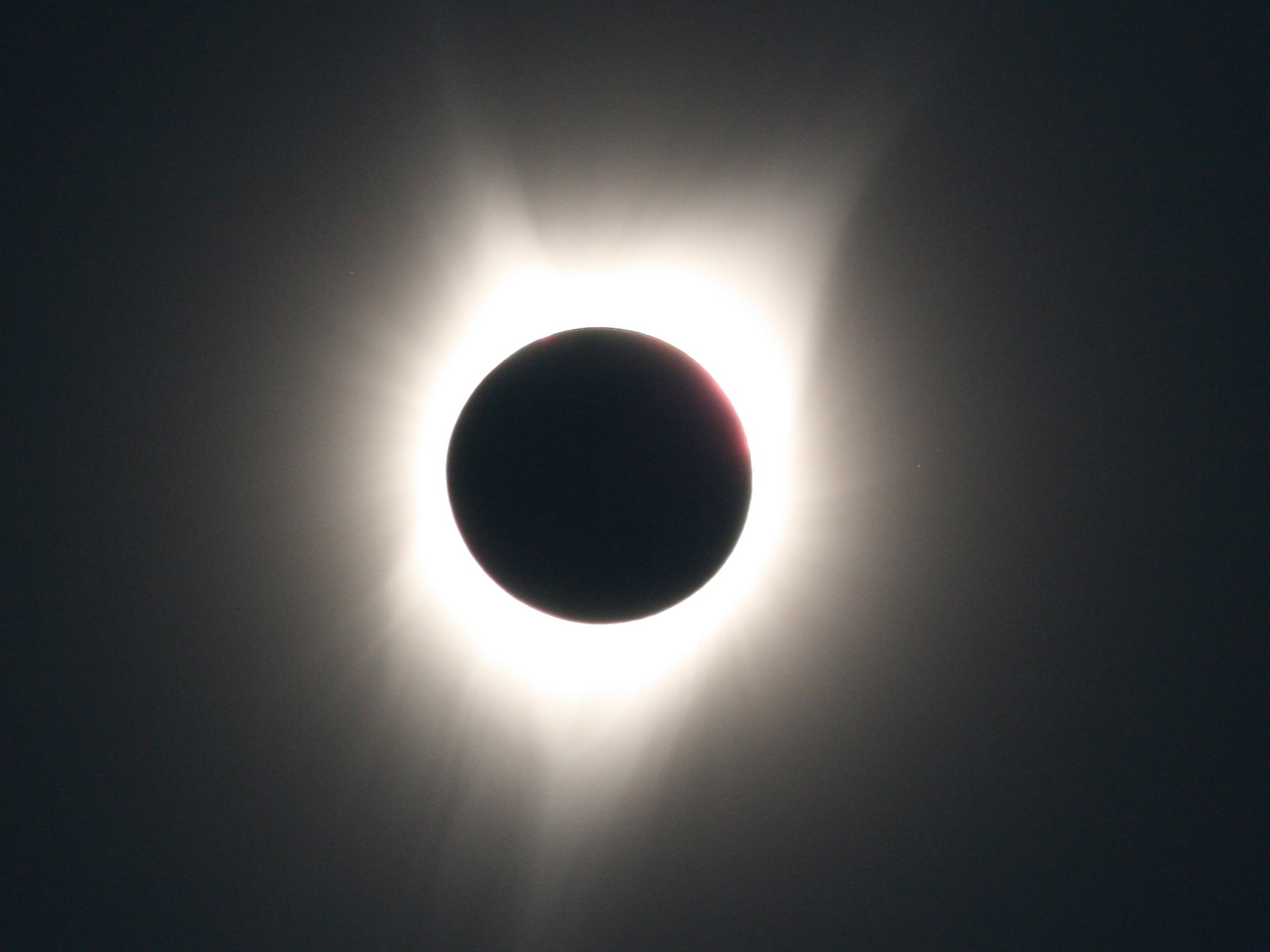
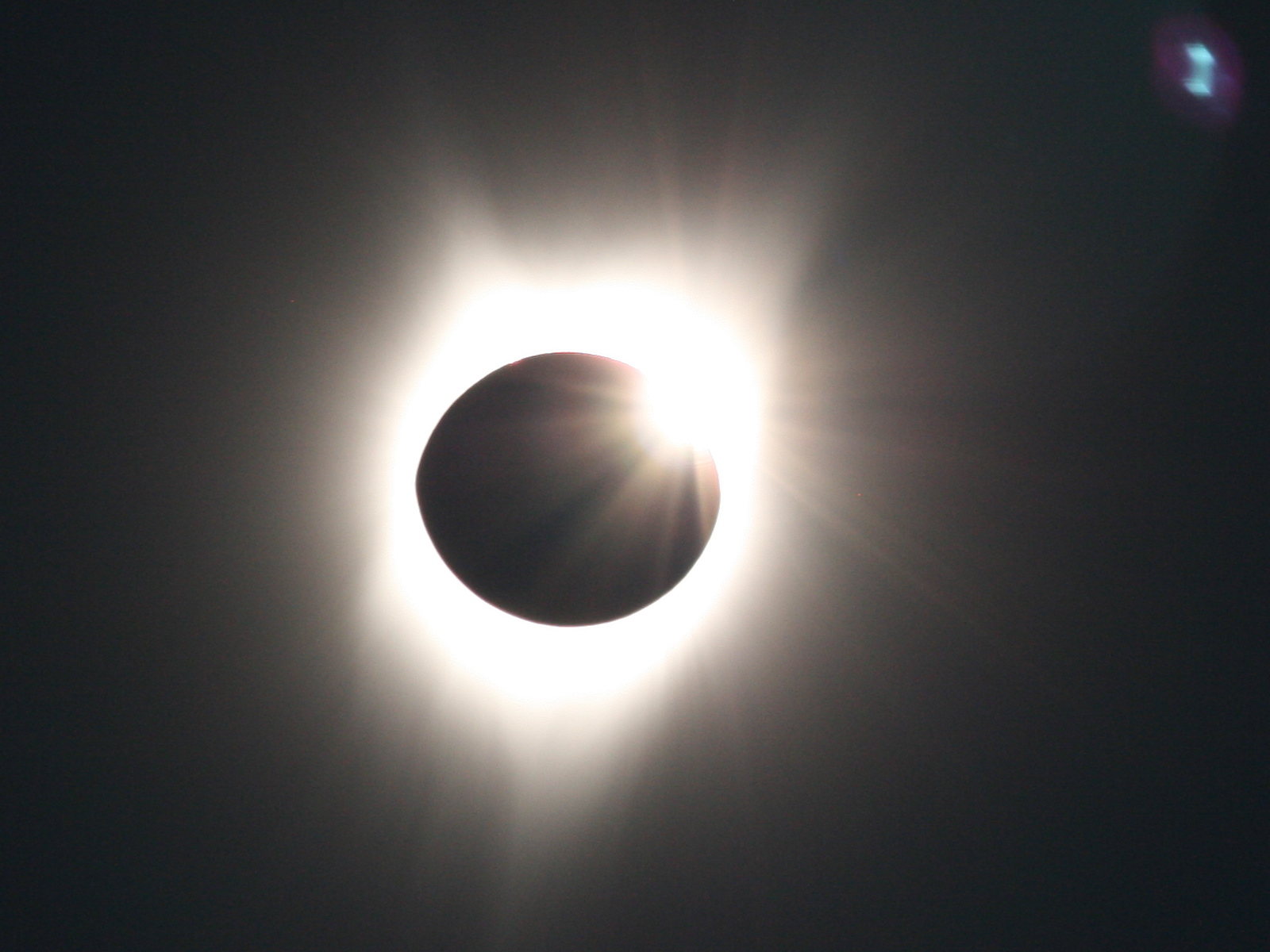
Time to put the solar filter back on and now this is what you get:
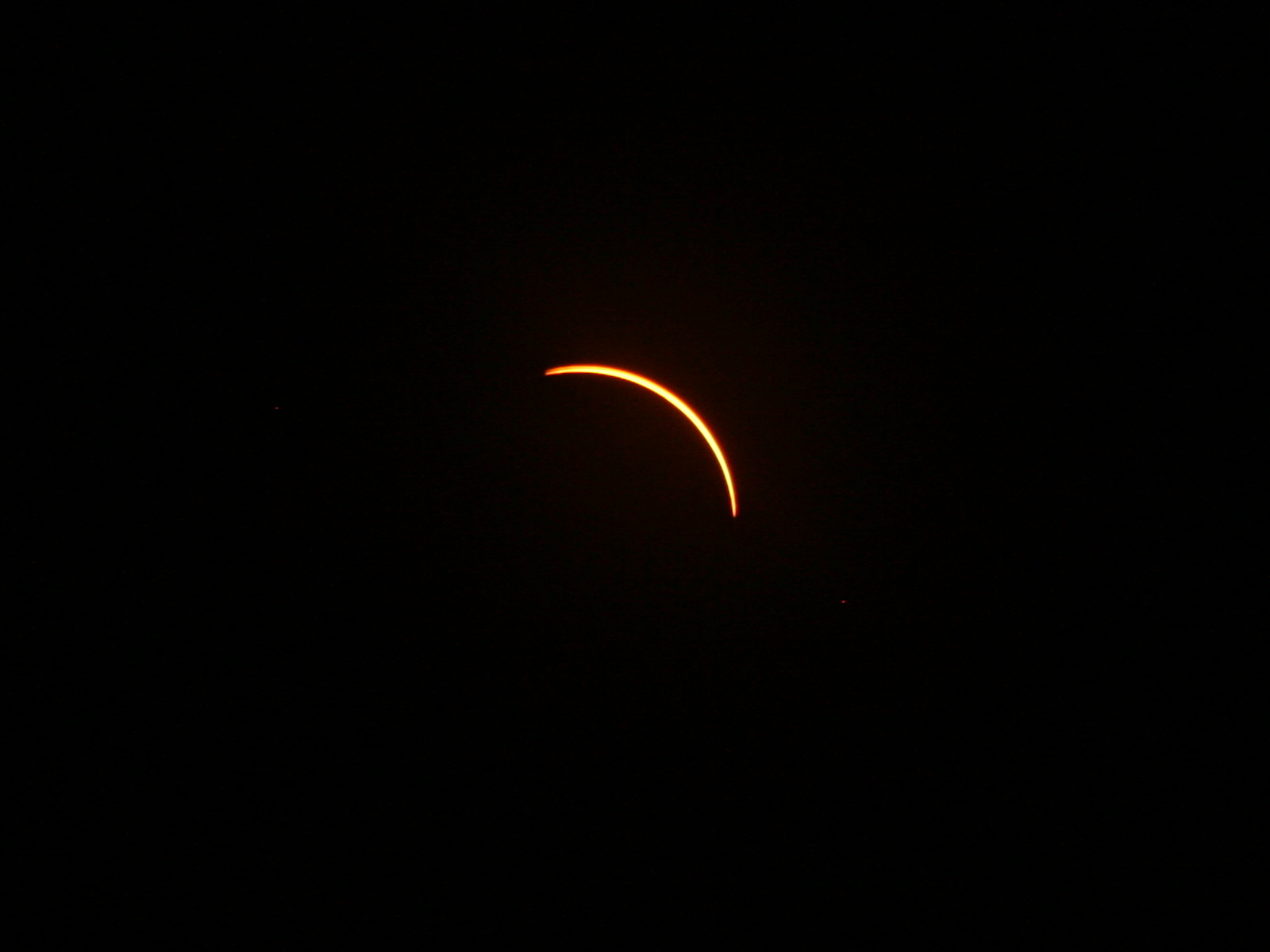

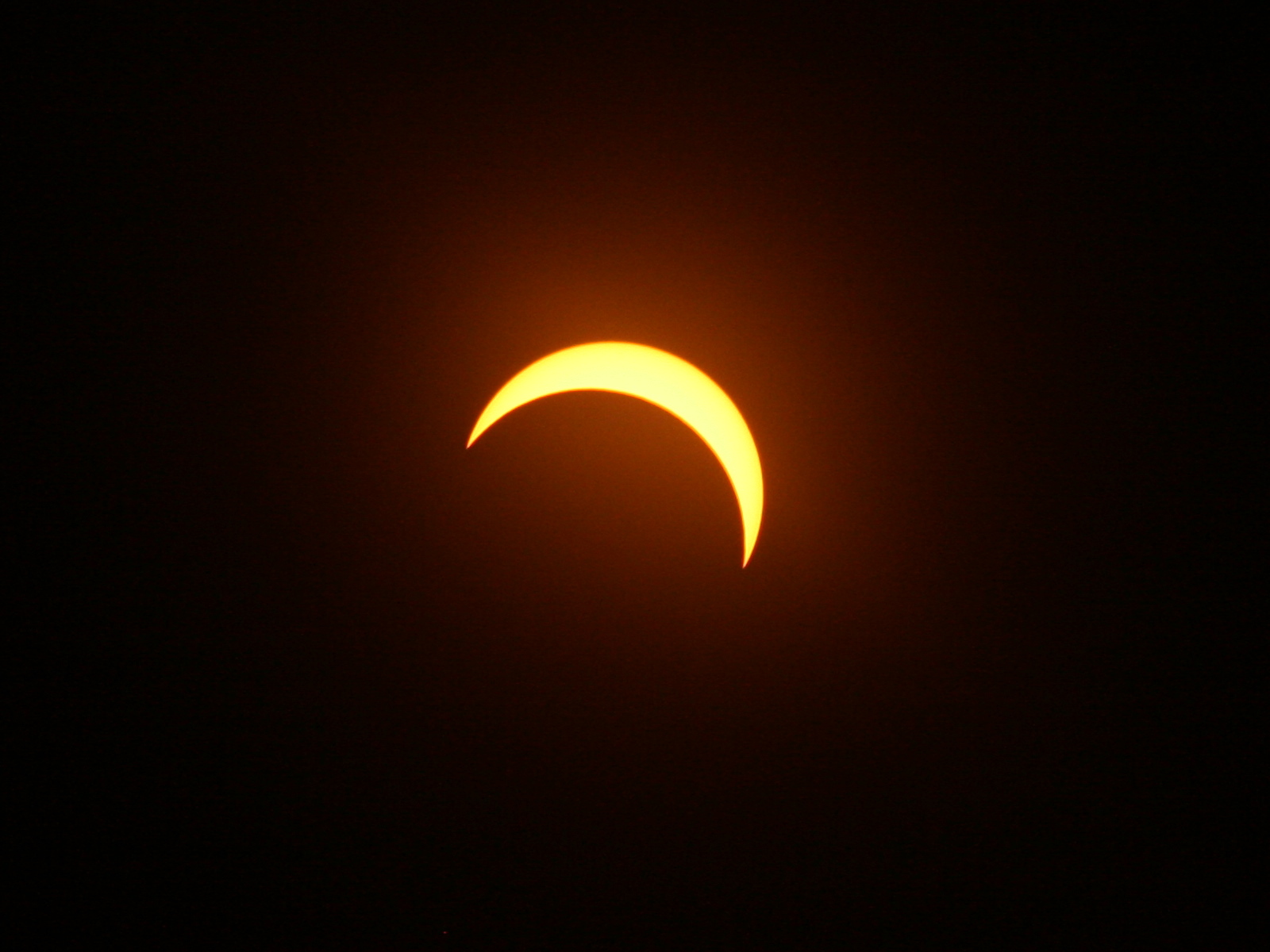
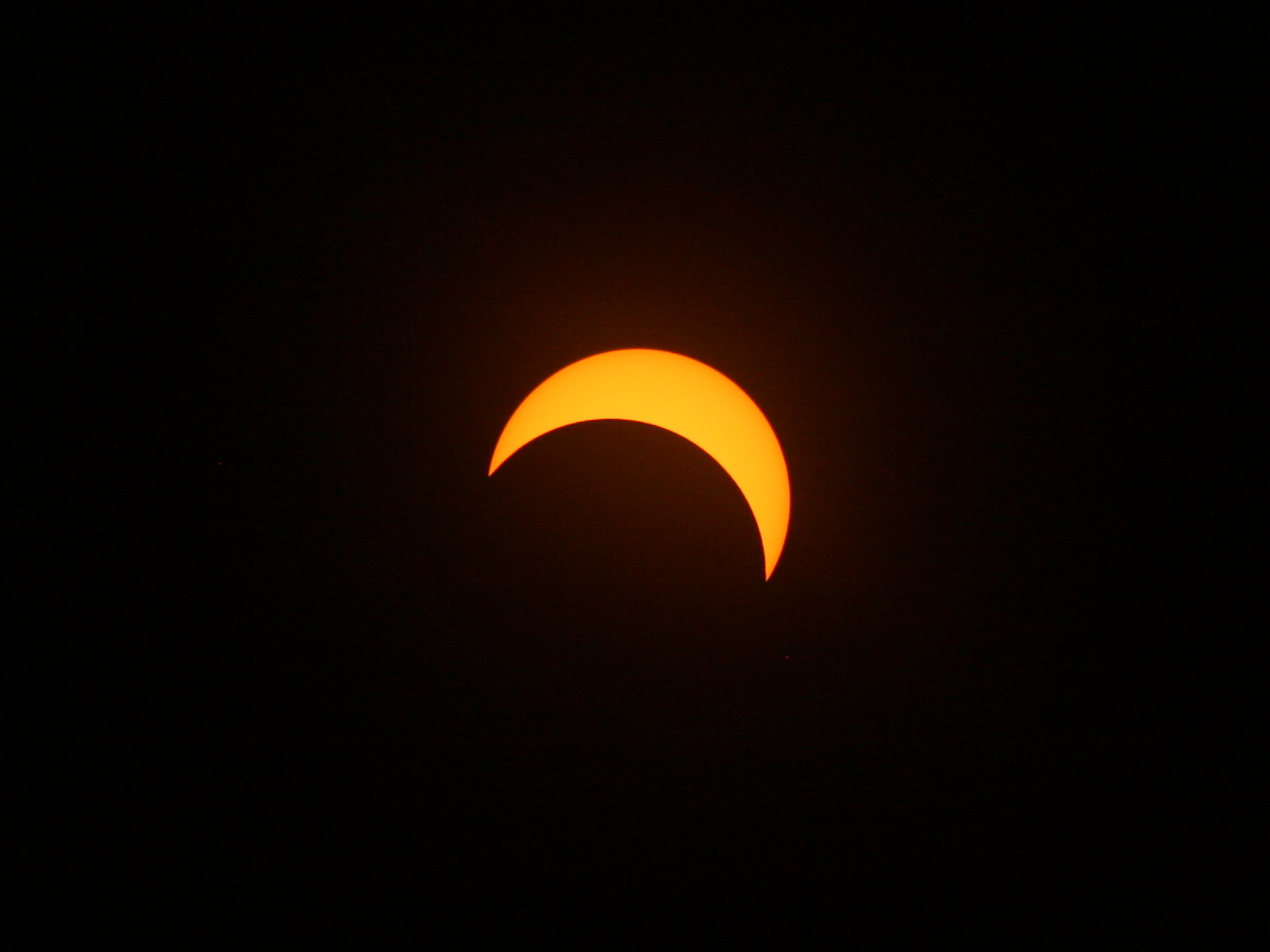
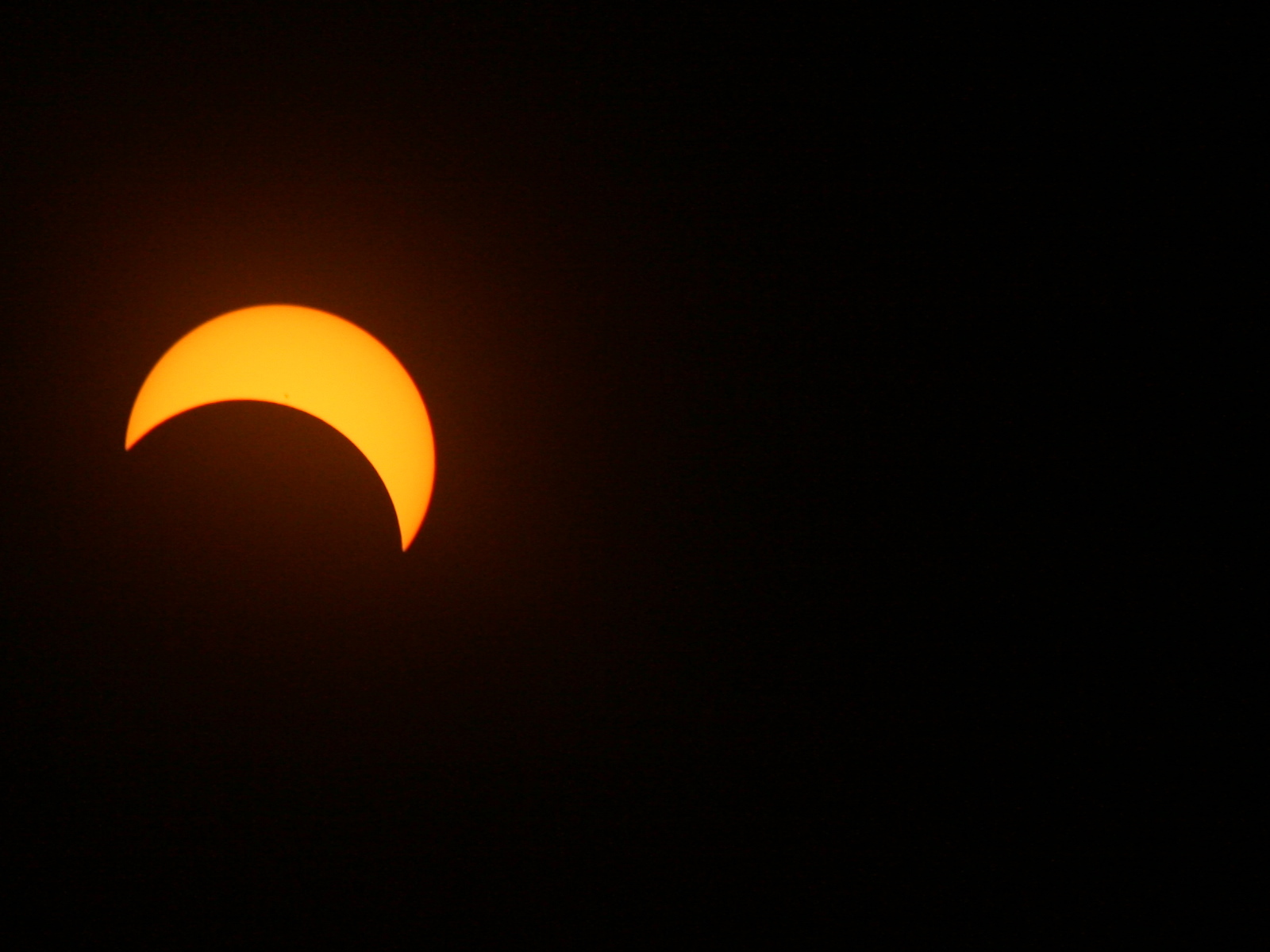
While we were sitting at our picnic table fixated on the show, I had setup my new Olympus TG-5 on a tripod facing us. He was programmed to take a picture every 8 seconds and then stitch them together for a short movie but here are some frame grabs for now:
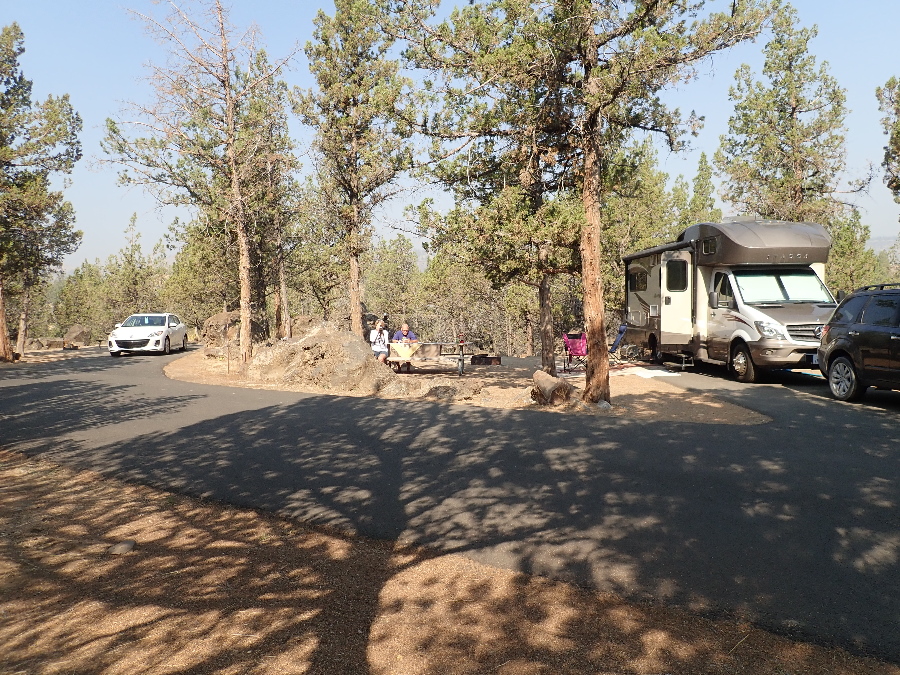
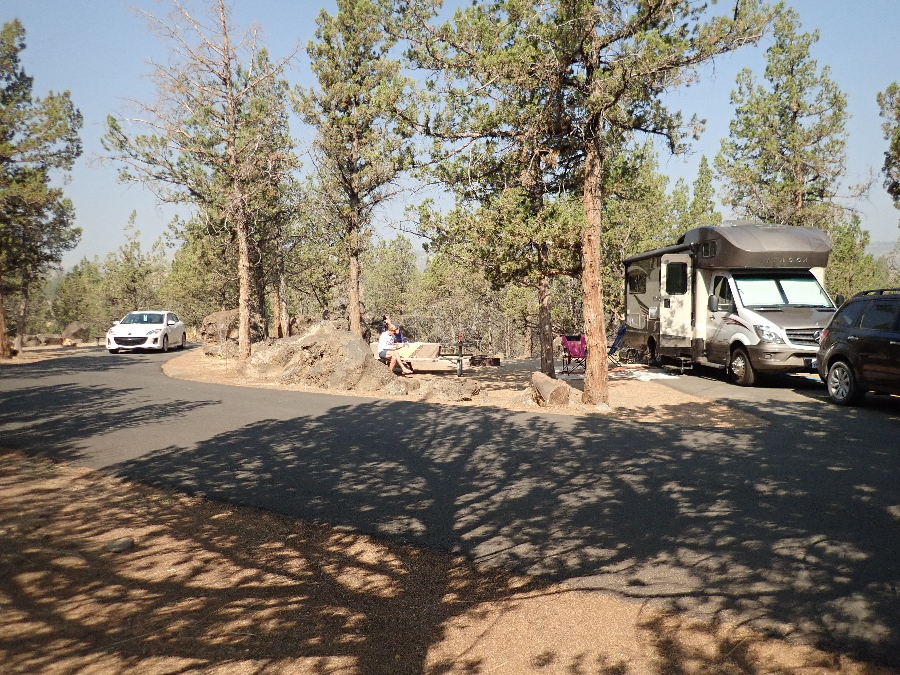
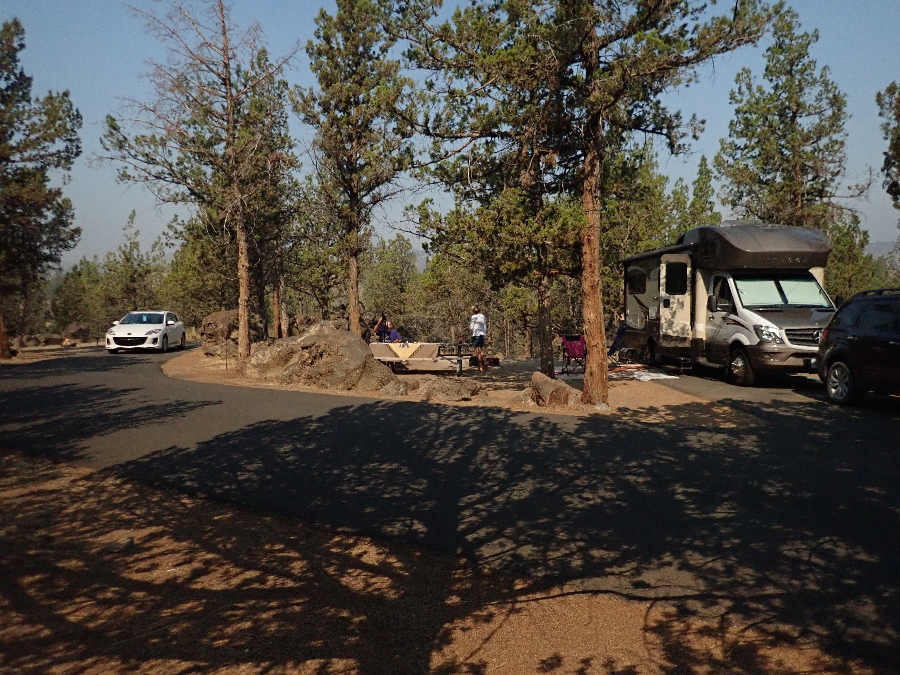
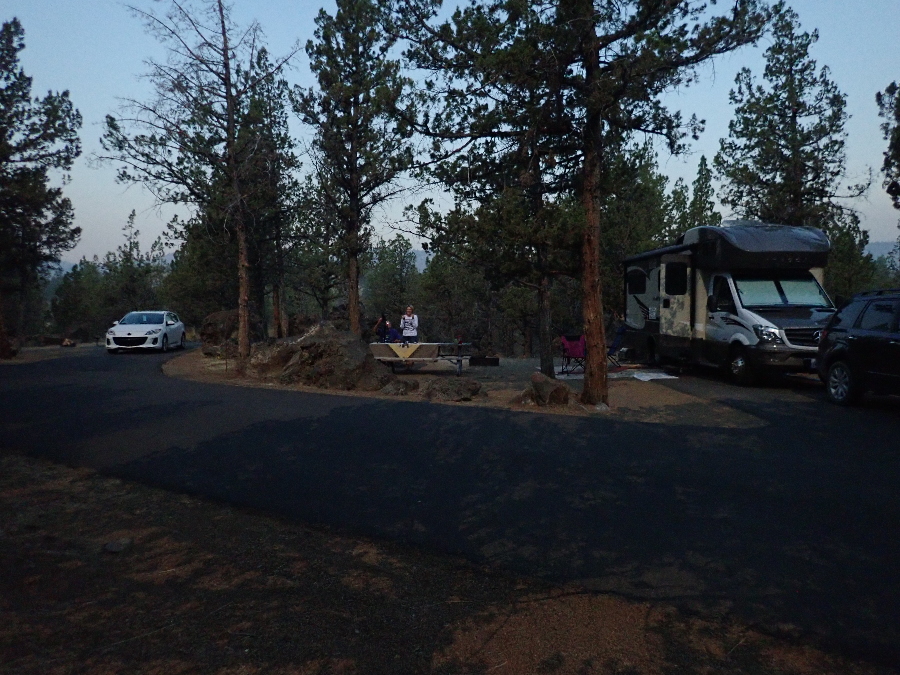
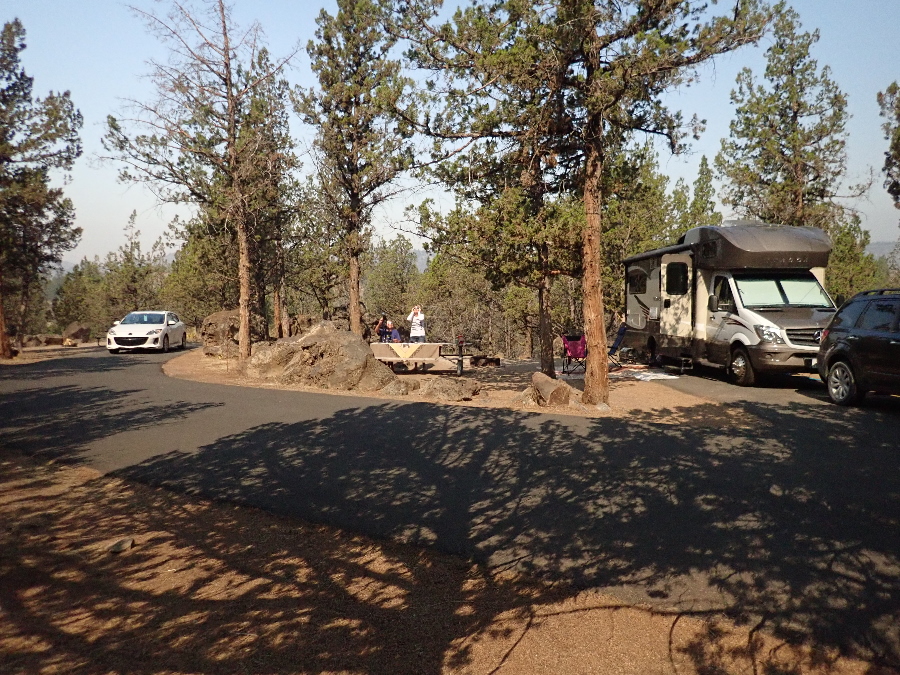
Wow, what an experience. I knew it was going to be short but after the two minutes I felt shell shocked and “Is it over already?”
Anyone up for 2024?
